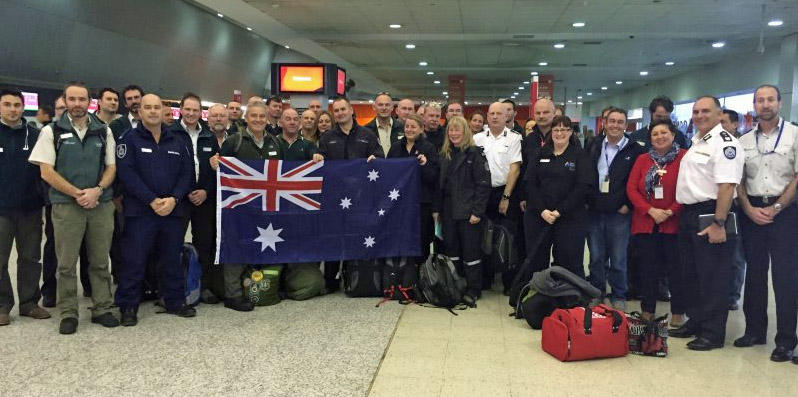Australia’s ABCNews produced a radio program about the first Indigenous female firefighting crew in South Australia. You can listen to it HERE; below is an excerpt from the transcript.
****
“MARK COLVIN: A group of women in a remote Aboriginal community in South Australia’s APY Lands have formed the state’s first Indigenous female fire-fighting team.
For cultural reasons women in Mimili can’t join the Country Fire Service unit in the town.
But with the men often out of community on cultural business and other help so far away the women decided to train up so they could protect themselves and their land.
One of the new fire-fighters says she hopes other Indigenous women follow their lead.
Natalie Whiting reports.
NATALIE WHITING: About five hours from Uluru in the top corner of South Australia is Mimili.
A group of women there have been spending today putting out fires.
TANIA POMPEY: We’re going out just doing some patch-burning and I think we’re doing burning a car, that’s one of our old wrecks in our rubbish dump here, just keeping up our training skills that we learnt.
NATALIE WHITING: Tania Pompey is one Mimili’s new fire-fighters.
She and eight other women have undergone training with the Country Fire Service.
TANIA POMPEY: We’ve got a male CFS team and so I was just seeing how they do their training and I thought oh well, if the men go away or anything like that for a bit of trips and things, I just decided we can’t go after them, us women have to stick up for ourselves and just look after the family.
NATALIE WHITING: Absolutely, and I guess with cultural business, men’s business, there are times when most of the men aren’t in communities, is that the case?
TANIA POMPEY: Yes, and I saw how well the men team were working together, and I went to one of the training courses and I just though oh well, let’s do it.
NATALIE WHITING: Now, I understand that you guys are actually going to be the first Indigenous female fire-fighting team.
How did you feel when you heard that?
TANIA POMPEY: Totally, totally overwhelmed.
We didn’t, we just thought oh, just a bunch of ladies doing it and then one of my friends said “we haven’t heard anything like this from other people before”, and so we felt really privileged…”



